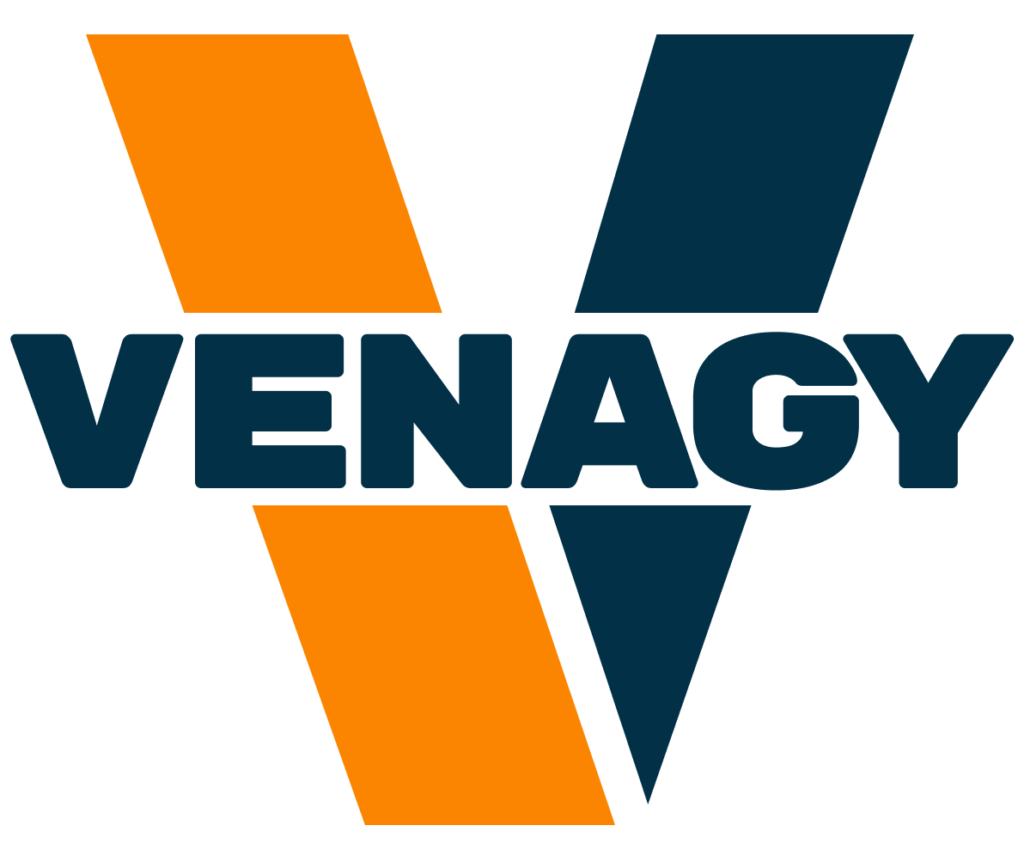
As a vendor manager, you play a critical role in ensuring that your organization’s relationships with its external suppliers are successful and productive. In this blog post, we’ll give you a brief overview of what vendor management is all about and offer some tips for getting started in this exciting field.
So, what is vendor management exactly? Simply put, it’s the process of overseeing and coordinating your organization’s relationships with its external suppliers. This includes everything from selecting and onboarding new vendors to negotiating contracts and monitoring their performance.
As a vendor manager, you’ll be responsible for ensuring that your organization is getting the best value for its money and that its vendors are meeting their commitments. You’ll also be responsible for managing any risks associated with these relationships, such as ensuring that vendors are compliant with relevant laws and regulations.
So, how do you get started in vendor management? Here are a few tips:
- Understand your organization’s needs: The first step in effective vendor management is understanding what your organization needs from its suppliers. This means understanding your organization’s business goals, objectives, and requirements, as well as any specific needs or challenges it may have.
- Identify potential vendors: Once you have a good understanding of your organization’s needs, the next step is to identify potential vendors who can meet those needs. This may involve conducting research, seeking recommendations from colleagues, or reaching out to industry associations or trade organizations.
- Evaluate potential vendors: Once you have a list of potential vendors, it’s important to evaluate them to determine which ones are the best fit for your organization. This may involve reviewing their past performance, analyzing their financial stability, and assessing their level of expertise and experience.
- Negotiate contracts: Once you’ve identified the best vendor for your organization, the next step is to negotiate a contract that outlines the terms of your relationship. This may involve negotiating prices, delivery schedules, and any other terms or conditions that are important to your organization.
- Monitor vendor performance: Once you have a vendor in place, it’s important to regularly monitor their performance to ensure that they are meeting their commitments and delivering value to your organization. This may involve setting performance targets and conducting regular reviews to assess how well the vendor is meeting those targets.
In summary, vendor management is a crucial function that helps organizations get the most value out of their relationships with external suppliers. By understanding your organization’s needs, identifying and evaluating potential vendors, negotiating contracts, and monitoring vendor performance, you can help ensure that these relationships are productive and successful. So, a warm welcome to the vendor management world!
